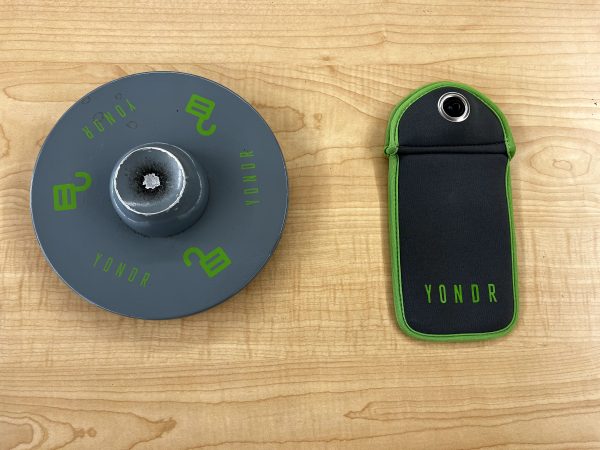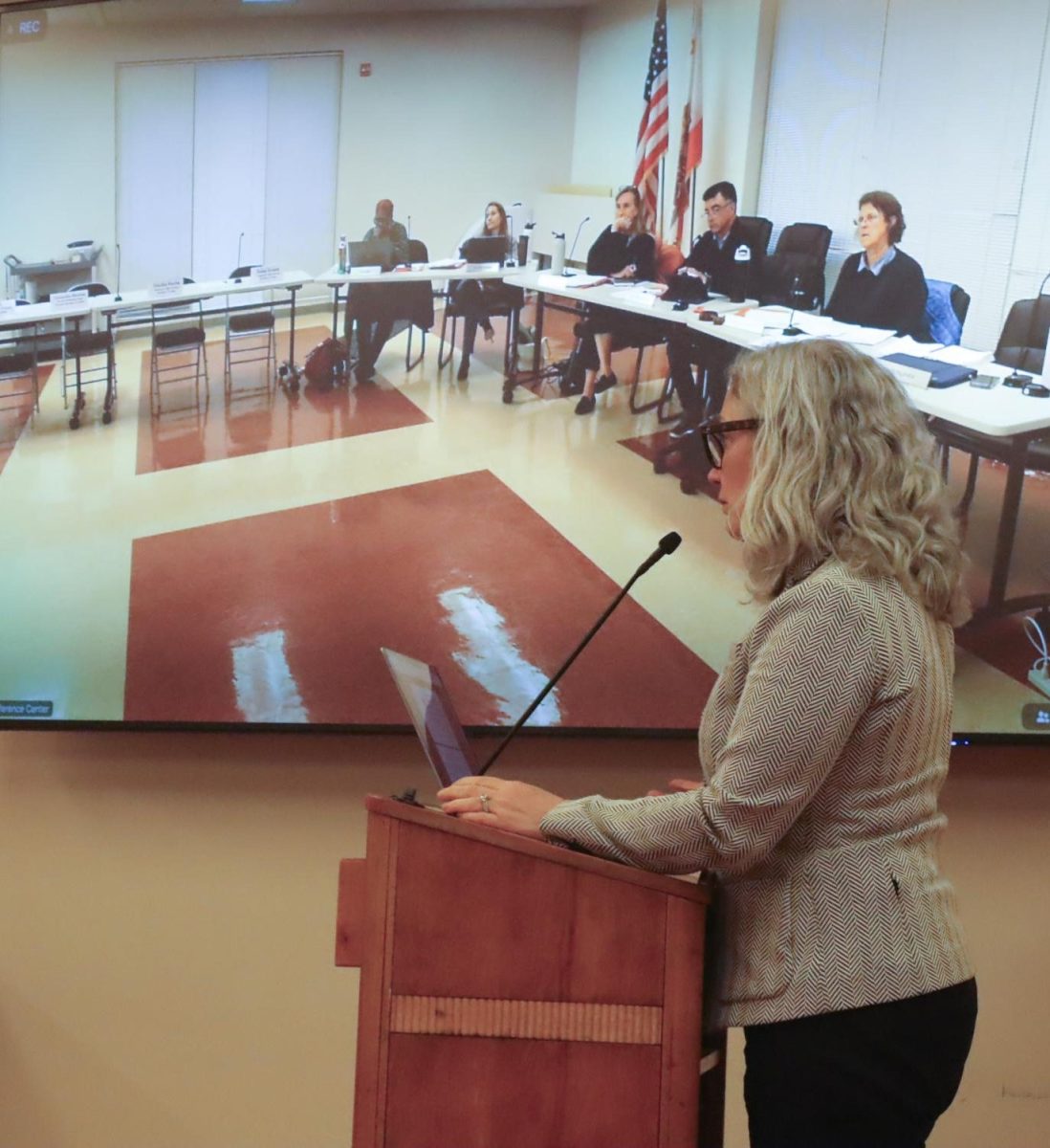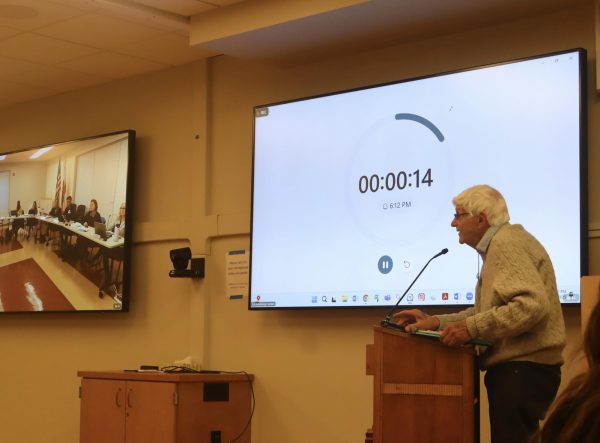On Sept. 5, a plan for a phone ban implementation was proposed at the Tamalpais Union High School District (TUHSD) board meeting. The proposed phone ban would use Yondr phone pouches, which students would lock their phones in at the start of the day. The pouch would stay in students’ backpacks instead of teachers using phone jails. As students leave at the end of the day, they would unlock their phones using teacher-provided magnets. If passed, the phone ban would be implemented in the 2025 spring semester, according to a timeline made by the district.
Junior Julian Roth learned about the proposition while attending the board meeting on Sept. 5. Roth quickly made a petition against the ban, getting approximately 477 signatures from students in just one week. The petition has continued to grow, amassing 1000 signatures as of Sept. 18.
Roth supports getting students off their phones, but he would rather have a solution that doesn’t forcibly take phones away from students, like buying more lawn games for students to use during lunch.
“Have you seen the spikeball [games] at lunch? [Students] get off of their phones and they want to go play. Can you imagine $200,000 invested in things [like this] that would take kids off their phones?” Roth said.
Roth’s biggest issue with the phone ban is that money from TUHSD’s general fund, which is used to pay for school supplies like textbooks, Chromebooks, lab materials and teacher salaries, would be allocated to funding the Yondr phone pouches.
“They would take some of that money that is supposed to be going towards supplies [for our schools], and have it go toward funding the pouches,” Roth said.
California Governor Gavin Newsom signed a bill on Sept 23. which requires schools to have a plan to restrict or ban phone usage at schools by July of 2026, noting that phones interfere with the educational purpose of schools. It’s unclear if Redwood’s current phone policy using a phone caddy is adequate in following the new bill, so Roth questions if Redwood still needs to improve the phone policy by implementing Yondr pouches in order to follow Newsom’s new policy.

“There is another issue with the phone pouches: they are super easy to break into. There are hundreds of videos online that say, ‘Top 40 ways to break into a Yondr pouch.’ You can buy an $11 fishing magnet and unlock it every single time. You can hit it really hard and it can pop open. Everyone is going to buy magnets and then suddenly that $200,000 is a complete waste.”
Before COVID-19, calculus teacher Jessica Crabtree used Yondr pouches in her classroom to reduce distractions and keep students on task.
“They were very effective [at keeping students productive], but I disabled them. I was using them just for my class, so what was happening was I had 150 kids opening and closing them day in and day out, so mine broke early on,” Crabtree said.
While the issue of the pouches breaking is prevalent, Crabtree does not expect this to be an issue.
“I think if we assign one pouch to one kid, it will reduce the chance of them breaking down compared to what was happening with mine,” Crabtree said.
At Tamalpais High school (Tam), during a TUHSD board meeting on Sept. 24, Roth and two students from Tam along with a concerned parent spoke opposing the proposed phone ban. They expressed concern with the safety of locking phones up, considering the rise of violent threats targeting schools across the nation. In response, Superintendent Tara Taupier added that the unlocking magnets would be present in every classroom, so students would be able to unlock their phones in an emergency.
Although the plan is already in place, the motion to implement pouches is expected to be approved at a future TUHSD meeting, due to a 52 percent parent approval rate according to Tara Taupier. However, she added that more parents would be in approval of the phone ban if students were allowed access during lunch. Until the final decision is made, Roth and others in the Tam district community continue to express their concern and spread awareness about the district’s plans to restrict phone access.


![TUHSD’S YONDR TIMELINE shows implementation of phone restrictions on a month-by-month basis. [Infographic by Skyla Thomas]](https://redwoodbark.org/wp-content/uploads/2024/09/Green-Modern-Timeline-Infographic-Flowchart-Graph-2.png)






